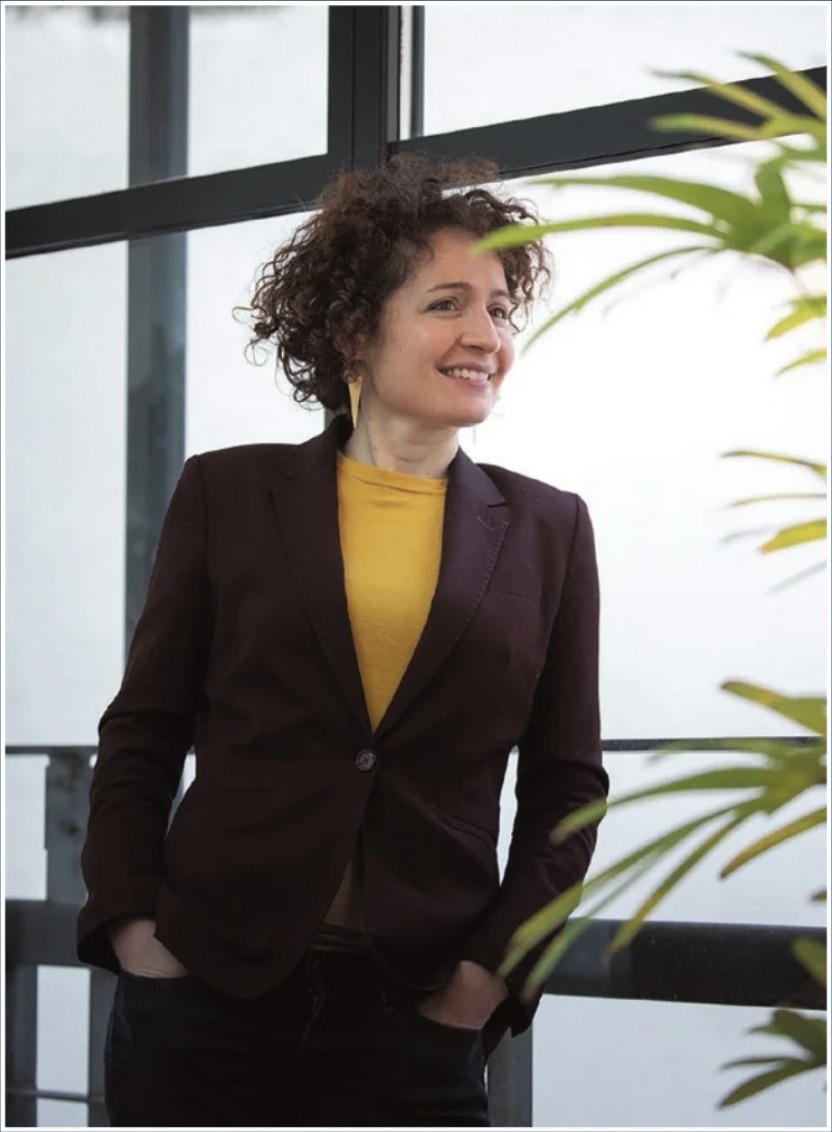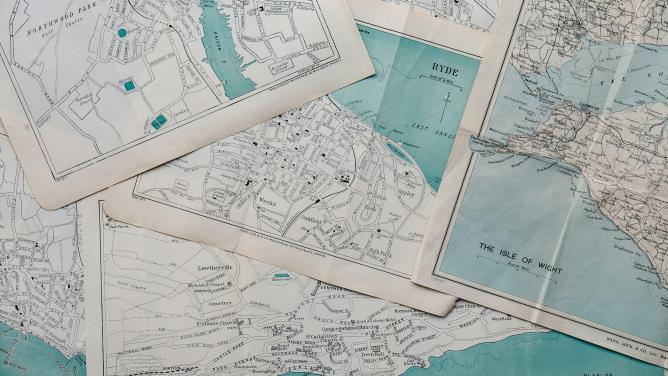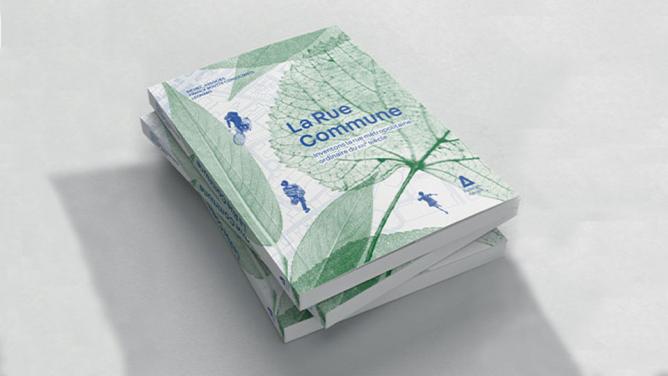 What are the characteristics of an as a service business model?
What are the characteristics of an as a service business model?
For me, there are three key aspects to our future-focused research into as a service. The first concerns value propositions, which become more flexible, more “on demand” and in real time. The second involves monetisation – pay-per-use, “freemium” models and, more generally, the growing importance of OPEX rather than CAPEX solutions. The third concerns the organisation of production, particularly the importance given to solutions built with partners or the use of digital platforms.
Which sectors offer the best potential for the development of as a service?
We have identified three main areas of development. The first, transport, re-examines the way in which players in that sector could position themselves as managers of transport flows in relation to the local authorities which are their main customers. The second area we are exploring, energies, must be approached from a carbon-reduction point of view. The third encompasses buildings, infrastructure and development. We can identify several types of offers in the real estate as a service segment, as well as those involving logistics, particularly last-mile deliveries in cities.
Have any as a service solutions already been rolled out?
All the building blocks exist, and the whole point of foresight is to put those building blocks into action. The challenge today is to speed things up. Existing projects have varying levels of maturity. In building management and transport, for example, the range of solutions already exists, partners have been identified and we are looking for areas for experimentation – discussions are under way. In other areas, such as energies, we will soon be able to conduct the first experiments with new solutions. The path ahead is clear.
What types of solutions are covered by the “carbon reduction as a service” project?
This is a subject with a lot of potential, by activating three complementary levers for our customers: avoiding, reducing and offsetting greenhouse gas emissions. With local authorities, for example, we will be able to combine existing solutions matching the issues they face in order to reduce their greenhouse gas emissions, as well as offering them additional solutions, particularly in terms of carbon offsetting. Some solutions already exist, such as SunMind (VINCI Concessions) and Greendeed (VINCI Energies), both developed as part of Leonard’s Intrapreneurship programme.
What are the points of convergence between the as a service approach and environmental transition challenges?
As experts regularly point out, the question of financing is at the heart of the environmental transition. Not all companies and local authorities necessarily have the resources to acquire the infrastructure and tools required for their modernisation. As a service can be a way for them to access the most efficient technologies, over the long term, rather than owning an asset whose value may be impacted by obsolescence. More generally, in terms of the way we design as a service solutions, the environmental impact will always be taken into account. It is now a reflex among our employees, since the Group has a strong environmental policy aiming for carbon neutrality by 2050.
This interview is from Leonard’s Yearbook “A Decisive Decade” 2021-2022. Discover it by following this link.


